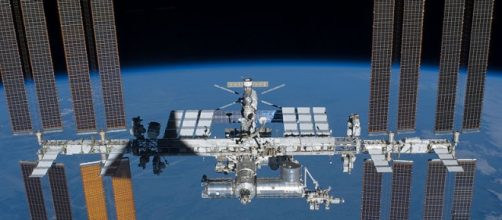According to a story in Space News, a company called Made in Space is preparing to launch a second generation space based 3D printer to the International Space Station. The first 3D printer, which was taken to the ISS in 2014, has demonstrated the ability to use additive manufacturing in zero gravity to make tools and spare parts. The new 3D printer, called Archinaut, is designed to 3D print and then assemble large scale structures while attached to the ISS’s robotic arm. If the project succeeds, it will revolutionize how satellites and other systems are deployed in orbit.
NASA and a number of commercial companies are already using 3D printers for a number of purposes. 3D printed rocket engine parts are proving to be more robust and easier to build than those constructed with conventional methods. In space, NASA has experimented with making spare parts and tools on the fly, something that will be important for deep space missions. The space agency has already toyed with the idea of 3D printing food on missions to Mars.
The Archinaut project is of a different order of magnitude. Currently, when one wants to launch a satellite into space, it has to be sent in one piece in a rocket and built to withstand the stresses of flight. But, if satellites, telescopes, and other systems can be constructed in space, then all NASA or anyone else has to do is to ship parts and raw materials to a low orbit station where they can be assembled into whatever is needed and then deployed.
3D printing will allow space systems engineers to design for pure functionality without having to worry about how they can be launched in one piece on a rocket. The Archinaut test will take place in 2018.
Eventually, Archinauts will be able to strip parts from decommissioned satellites and then recycle them, providing the added benefit of cutting down on space debris. 3D printing in space will eventually use raw materials mined from asteroids and the moon, eliminating entirely the need to launch them from Earth.

